Star Wars: 10 Times The Prequel Trilogy Ignored Everything The Original Stood For (original) (raw)
The original Star Wars trilogy was a classic coming-of-age story – a hero’s journey in the time-honored model. Like any great science fiction epic, it was about the big picture: good vs. evil, forgiveness, and finding the right path in a volatile world. Fans already knew the prequels would be different, leading in a downward spiral to the moment Luke Skywalker’s story begins.
The prequels needed to document a downhill climb to fit within the narrative of the story arc. The ending had to be the polar opposite of the triumphant finale of Return of the Jedi. However, in the process, the prequels tore apart so much of what the original movies stood for.
10 The Power Of Friendship Means Little In The Prequel Universe
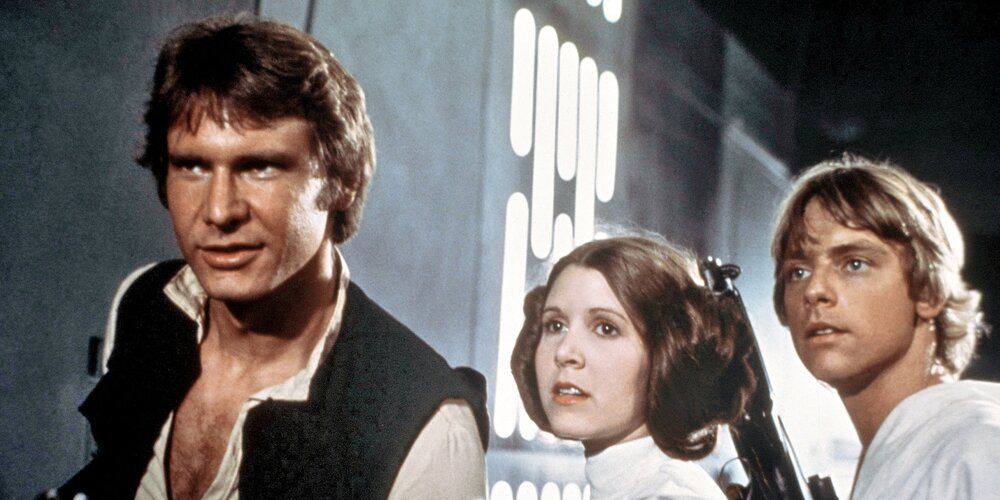
It’s not that there aren't any memorable or significant friendships depicted in the Star Wars prequels. It’s just that, in the end, they have no bearing on what happens in the story. In fact, the degeneration of the close relationship between Anakin and Obi-Wan leads to the climactic final battle between the two on the hellish planet Mustafar. In the original trilogy, it was the tight friendship between Luke, Han, and Leia (and Chewie) that was instrumental in saving the universe from the Sith.
9 Love Conquers All In The Original Three, But Love Itself Leads To Ruin In The Prequels
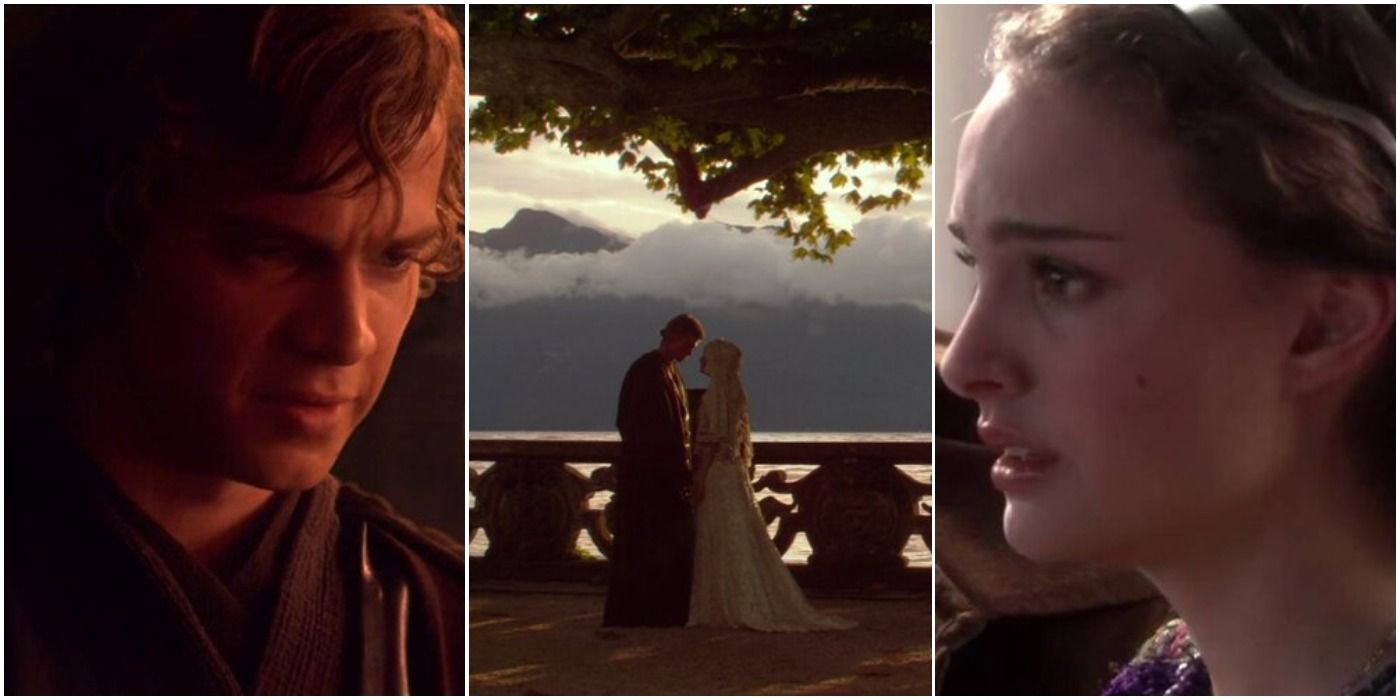
Love is treated very differently between the two Star Wars trilogies. In the original three films, love is teased between Leia and Han (and briefly and weirdly with Luke), but it’s very much a subplot in the mix. The love between family members is seen as altruistic and is what leads Luke to try and save Leia.
In the prequels, Anakin’s love for his mother becomes distorted, first by missing her, then by turning into blind and violent revenge. It leads him to the Dark Side where his love for Padme also becomes corrupted.
8 Good People Doing The Right Thing Can Still Make A Difference In The Original Trilogy
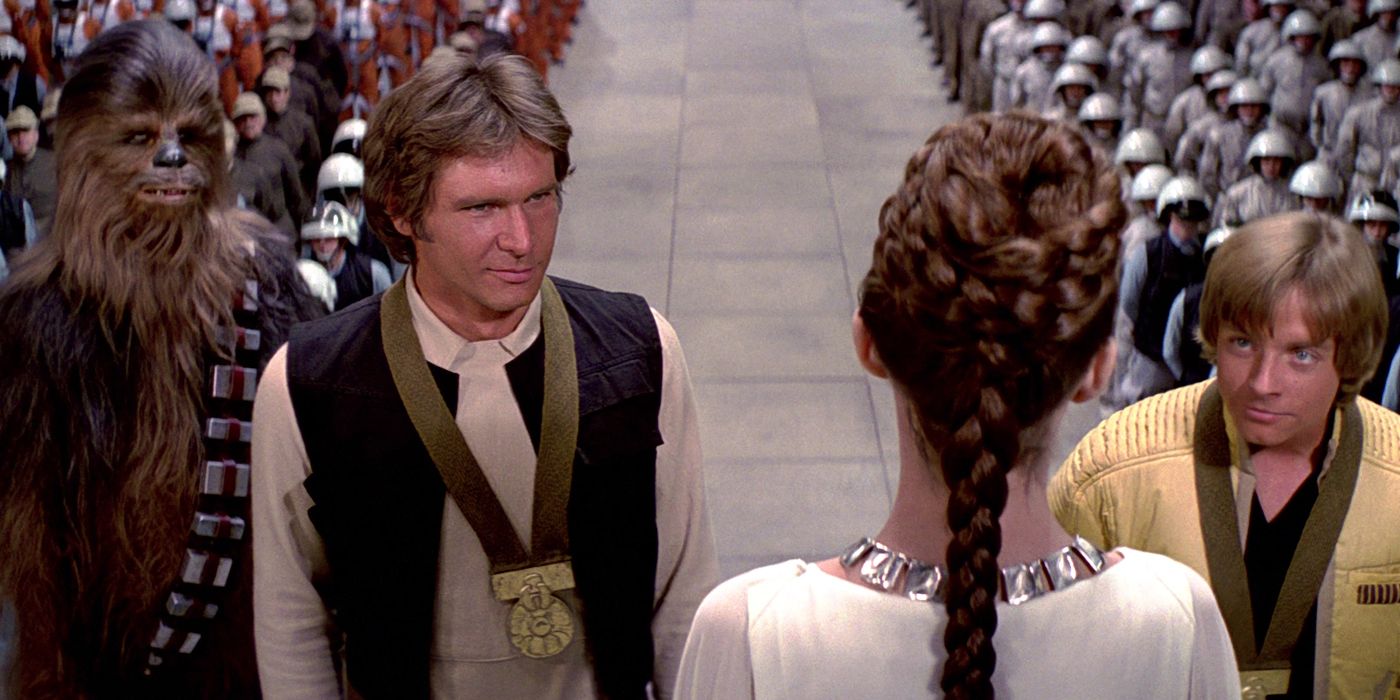
The power of one is the notion that any person – in the right place, at the right time, and who chooses to do the right thing – can be the difference between success and failure. When the Rebels destroyed the Death Star, a team prepared to retaliate and squadrons went out. However, in the end, it was Luke’s mastery of the Force that allowed him to hit the bullseye. It’s about recognizing the need to step up to the occasion. Qui-Gon Jinn and Obi-Wan tried to do good, but they were also oblivious to the evil that surrounded them.
7 The Unlikeliest Of Underdogs Can Emerge To Save The Day, But There Are No Warm Fuzzies In The Prequels
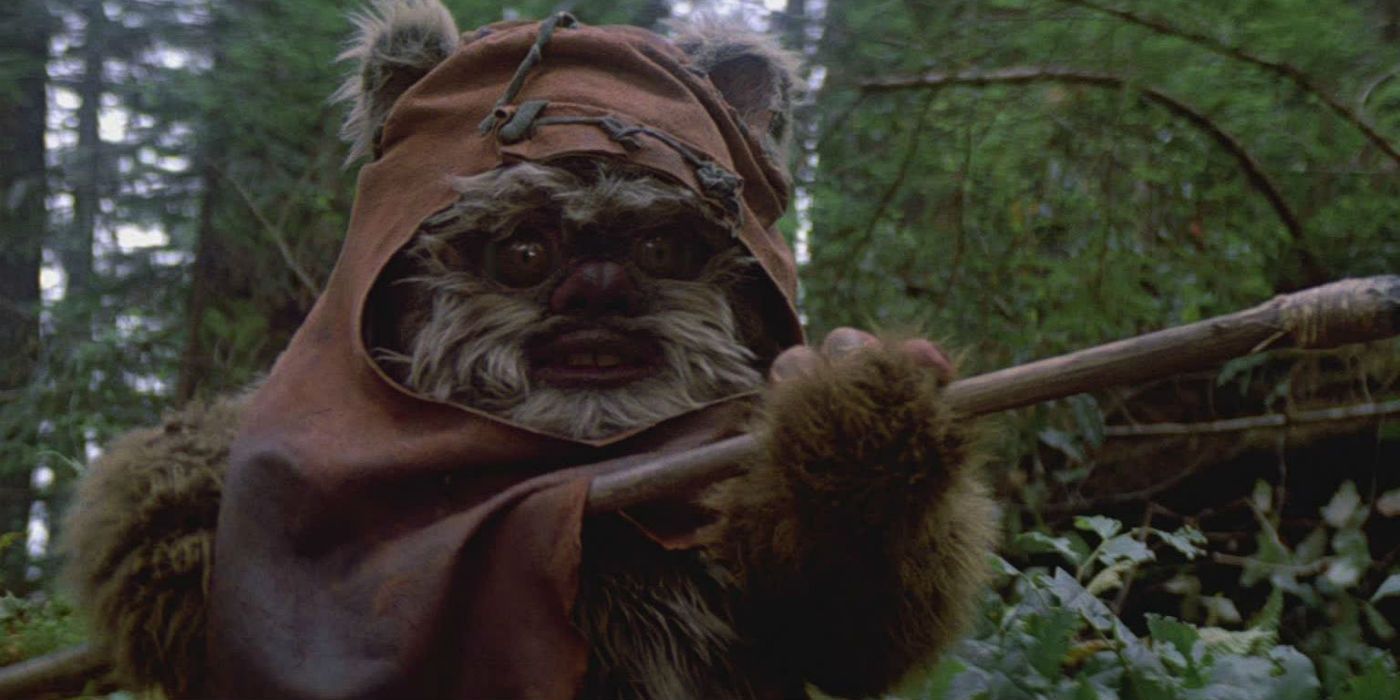
The Ewoks illustrate one of the themes that run through the original three movies: even the smallest, most unlikely of beings can help bring down the biggest techno-fascists in the universe. Without the benefit of modern CGI and other moviemaking wizardry, Lucas relied on the story and characters to flesh out the plot. And using the small, fuzzy Ewoks as key players in defeating the Empire was a stroke of genius. In the prequels, there are no warm, fuzzy characters, and even children aren't spared a violent death.
6 The Jedi Don’t Care About Slavery Or Injustice
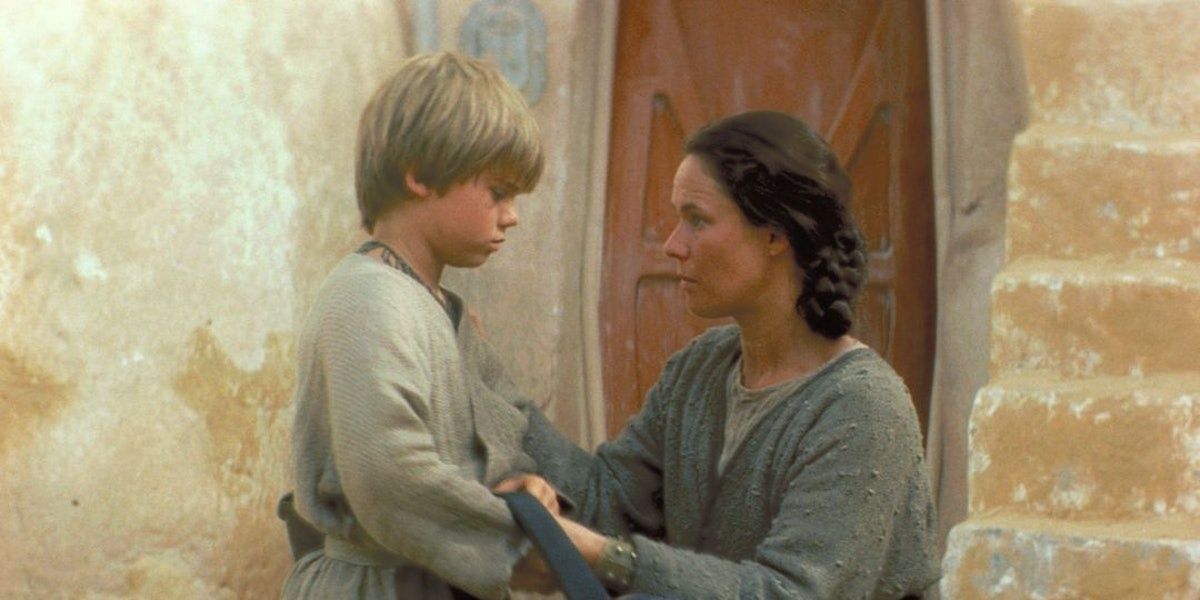
When Qui-Gon Jinn, Obi-Wan, Padme, and the others end up on Tatooine, they're on the run with spacecraft problems to deal with. However, the Jedi’s complete indifference to the idea of slavery seems out of sync with their lofty ideals about good and evil.
In the original Star Wars movies, the Jedi are portrayed as a force for good in the universe. In the prequels, they’re content to take their Force prodigy and wash their hands of the rest – including his mother.
5 The Jedi Are Revealed As Ineffectual And Complacent In The Prequels
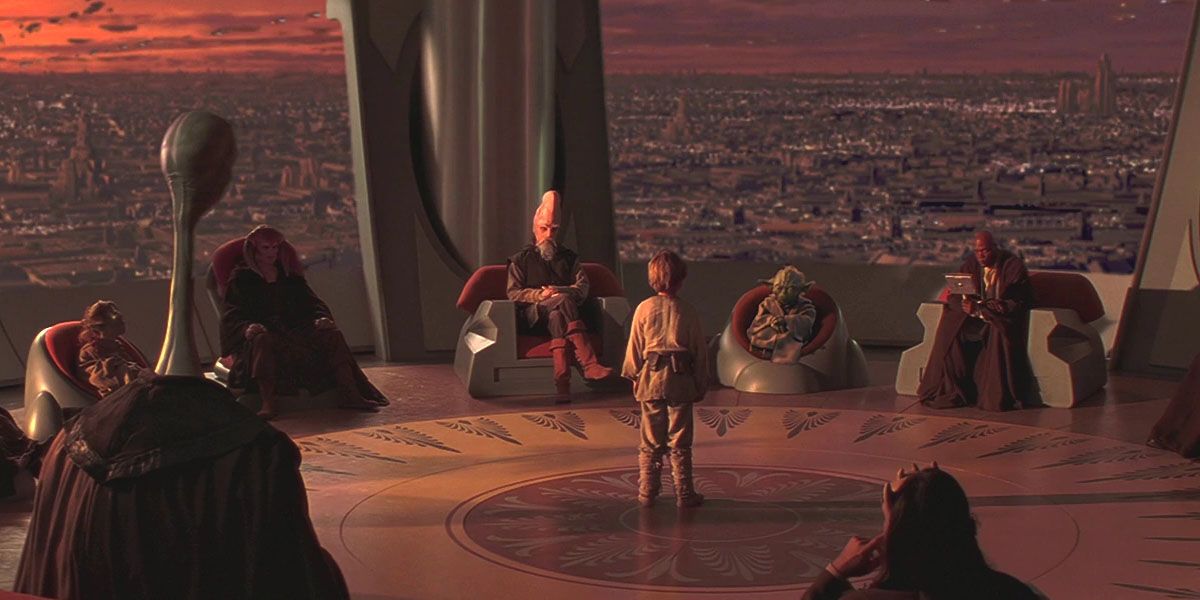
In the original trilogy, the Jedi have dwindled to old Obi-Wan and Luke. However, Luke alone is enough of a spark to keep the Jedi Order alive and, what’s more, give the Rebellion concrete help. He and Vader – and even Leia – can sense each other’s presence. However, the Jedi Council of the prequels can’t sense the Sith taking control of the Republic right under their noses. They seem more like a bunch of complacent, overblown bureaucrats than heroic knights of a stoic order.
4 Through The Force, Luke Found Spiritual Guidance: Something That’s Missing From The Prequels
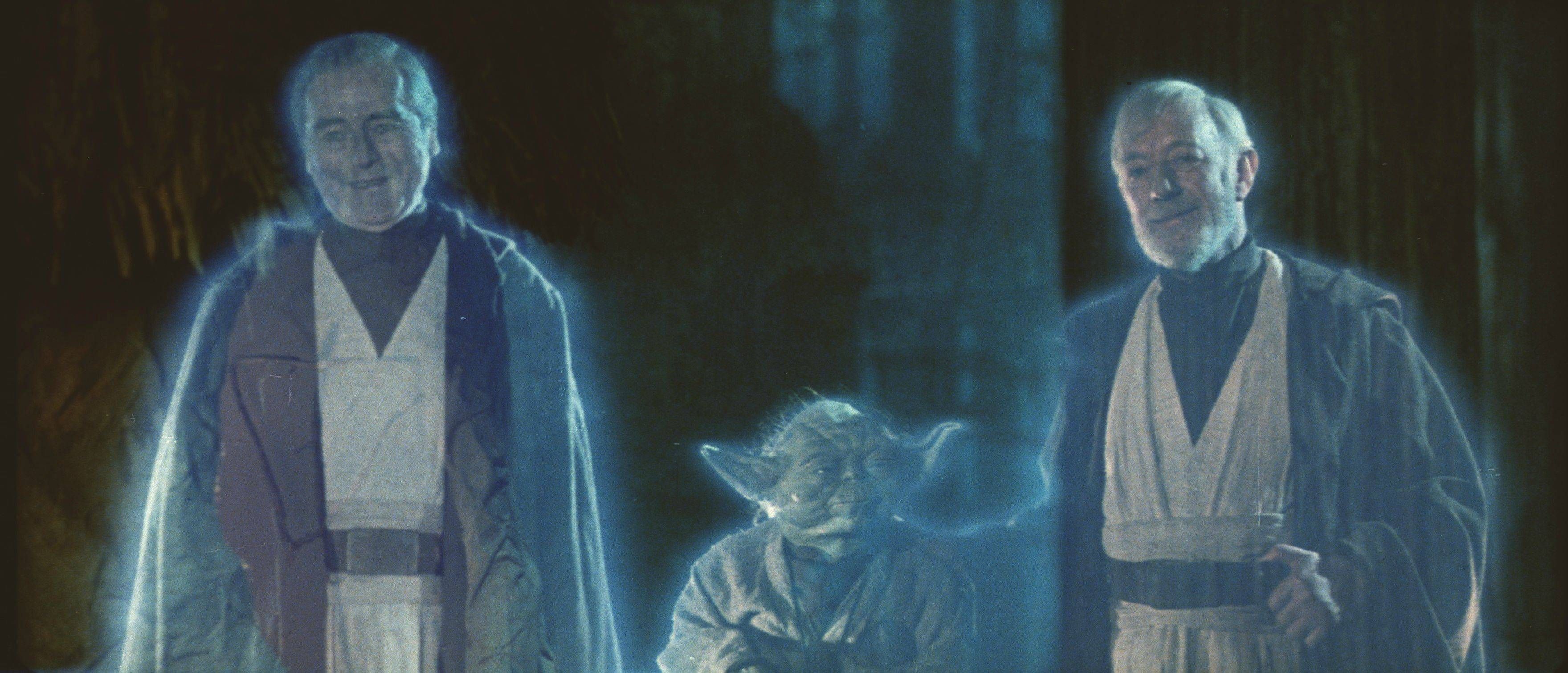
Luke has already lost his aunt and uncle: the people who raised him. Obi-Wan Kenobi gave him friendship and a father figure along with practical guidance in using The Force. When Obi-Wan is killed by Darth Vader, Luke is overwhelmed with grief at first. However, upon hearing Obi-Wan’s voice, Luke learns that their connection hasn't been severed. As he told Vader, Obi-Wan only became more powerful after dying. The spiritual, comforting side of The Force is not present in the prequels at all.
3 Bravery Wins The Day In The Original Films
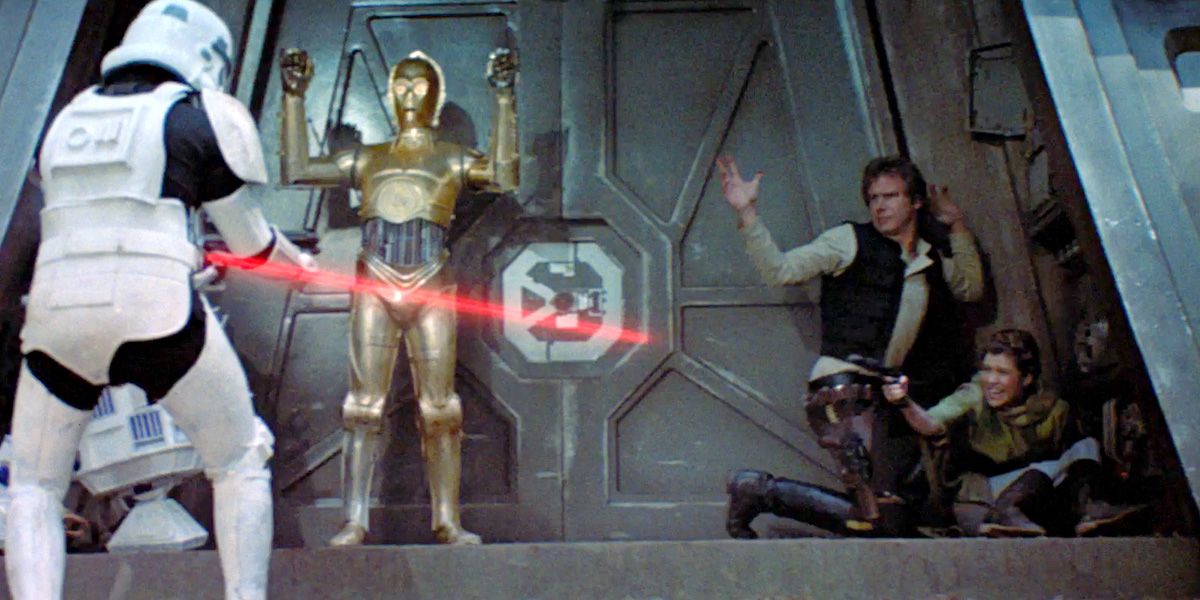
In the original trilogy, there is one quality that all the heroes share: sheer bravery. Luke Skywalker is ready to take on the unknown with Obi-Wan’s guidance. Similarly, Han Solo, Princess Leia, Chewbacca, and the whole Rebel Alliance routinely display courage and bravery in the face of adversity. At times, that’s all they’ve got to go on – but it’s enough.
In The Revenge of the Sith, Anakin/Vader doesn’t succeed because of bravery; he simply uses brute force to slaughter everyone who stands in the Emperor’s way.
2 The Influence Of A Mentor Makes All The Difference...But Not In The Prequels
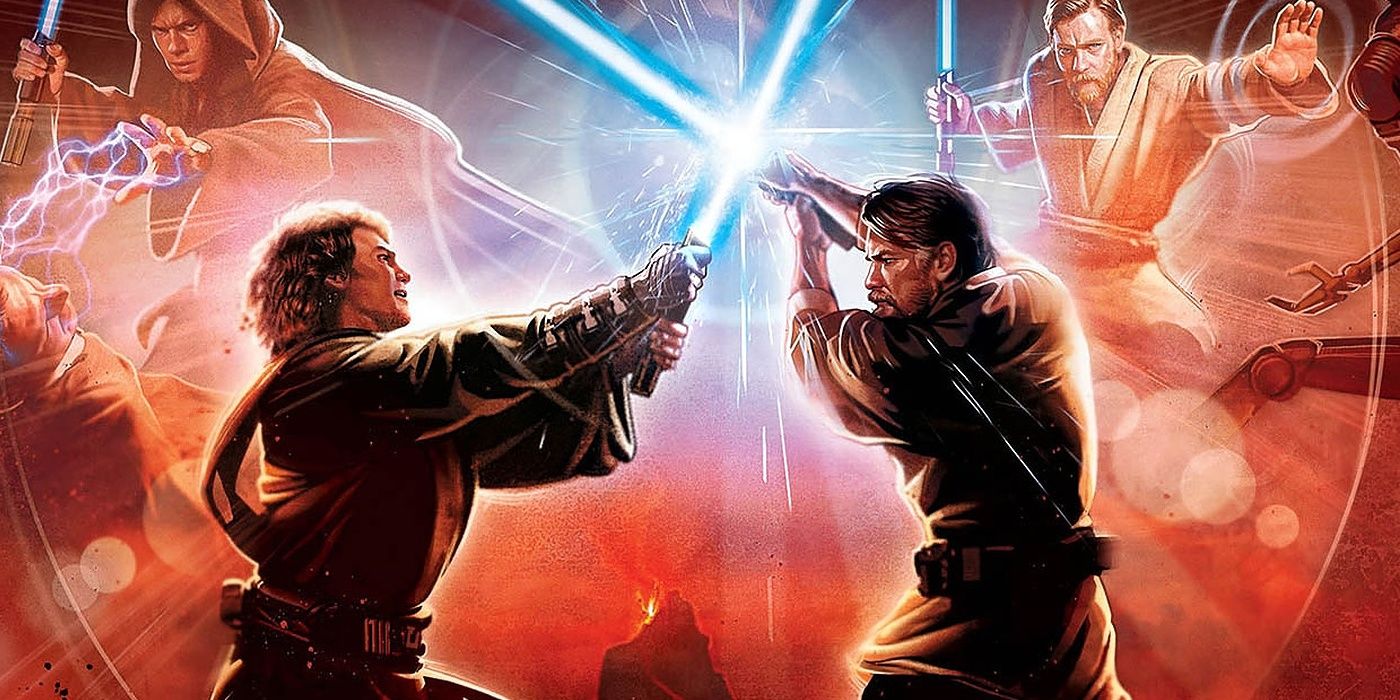
Many hero journeys involve a father figure and mentor. Often, when they die, it spurs the hero's transition to bigger things and a greater purpose in life. Luke has Obi-Wan to guide him, and then Yoda.
RELATED: The 10 Smartest Characters From Star Wars Comics
Although Luke is headstrong, the influence of both his mentors leaves its mark on the side of good. On the other hand, Obi-Wan's attempts to influence Anakin and help him control his impulses and emotions fail miserably. As a result, he loses touch with his padawan as he slides into the Dark Side.
1 The Beings Of The Universe Actually Choose Imperial Tyranny In The Prequels
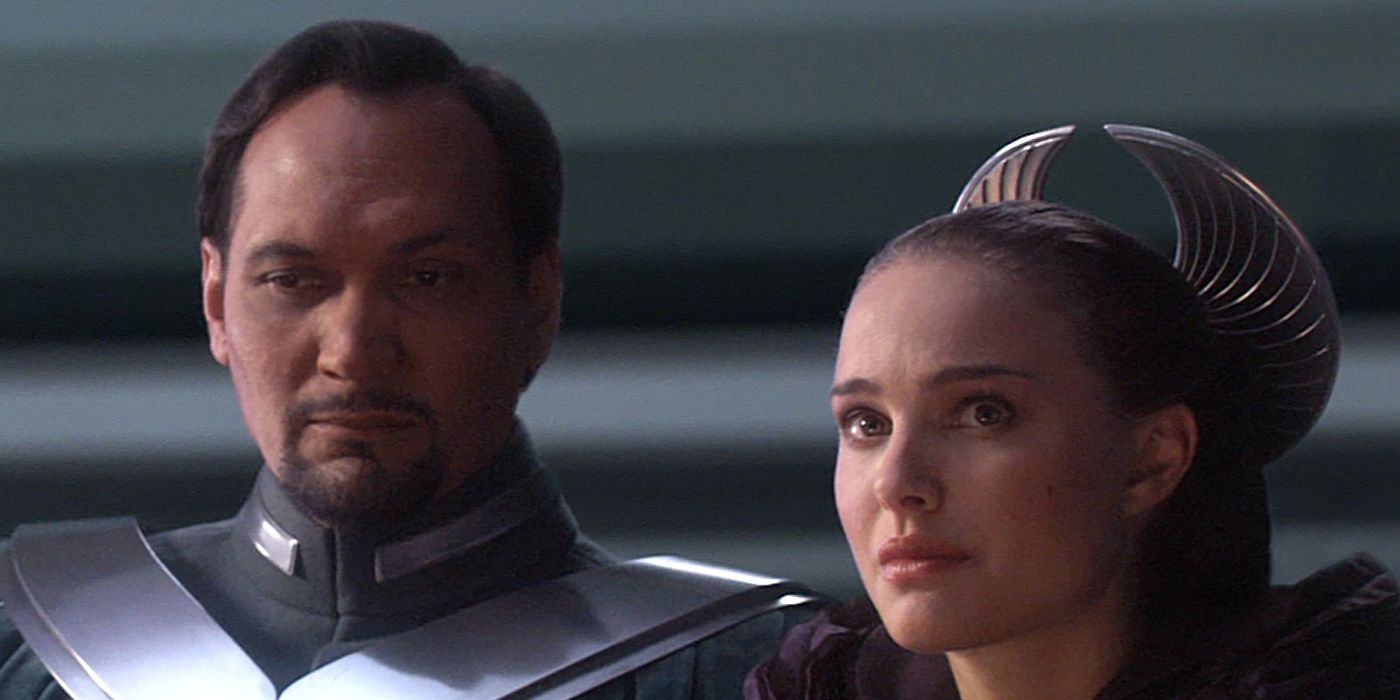
Love; existence beyond death; redemption, and forgiveness – the original trilogy was based on big themes. These concepts all come together to liberate the peoples (creatures) of the universe from tyranny and oppression. It’s not just a worthy cause, it’s one worth dying for. Perhaps the most depressing aspect of the prequels is how the people of the Republic choose tyranny and oppression and welcome the Emperor with open arms. As Padme notably says, “So, this is how liberty dies...with thunderous applause.”
NEXT: Star Wars: 8 Characters From The Sequel Trilogy Who Should’ve Died But Didn’t